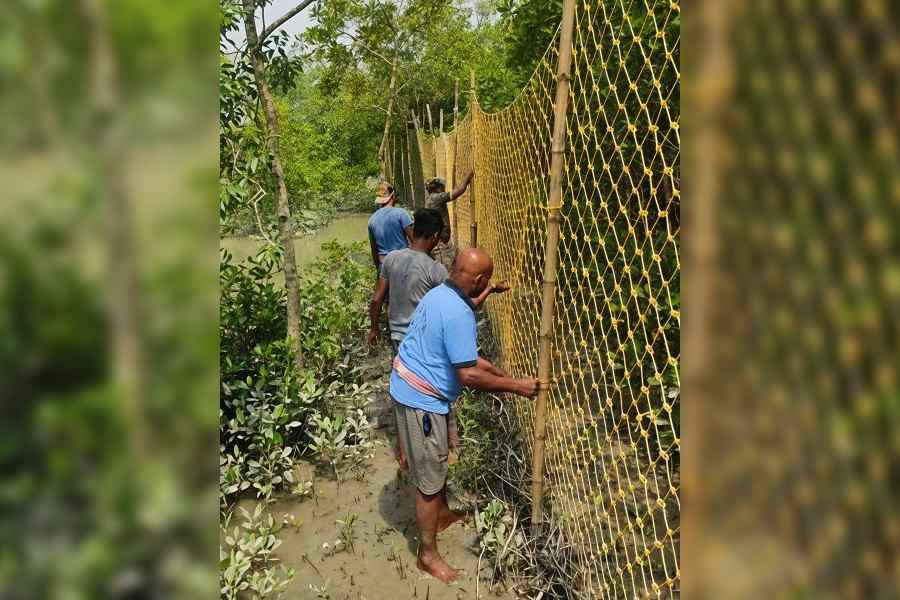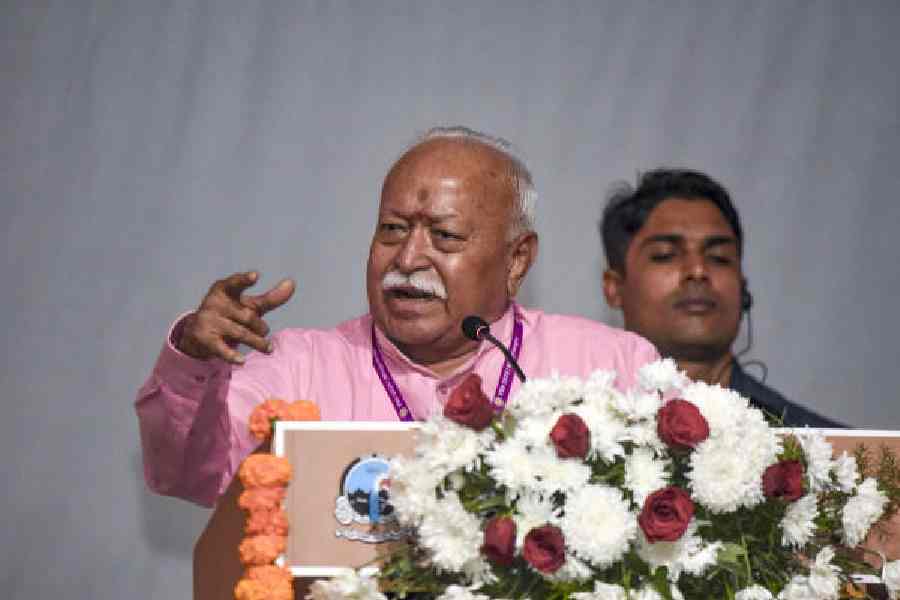Ranchi, July 27: If all goes well, Jharkhand may be the second state after Andhra Pradesh to go for the rubber dam, which promises zero displacement and eco-friendly construction.
The state water resources department today explored the feasibility of rubber dams, especially for rivers on hilly terrain, in a meeting with Austrian experts. Visiting experts — representatives of Austrian firm Hydro-construct — had set up India’s first rubber dam on Janjhavati river in Andhra Pradesh as a temporary measure when bordering Orissa had objected to a conventional dam without the latter’s clearance.
In today’s meet, the feasibility of erecting rubber dams in Koderma and Dumba were discussed. The meeting was attended among others by water resources secretary R.S. Poddar, chief engineering (monitoring) R.S. Tigga, as well as managing director of Hydro-construct Rudolf Fritsch along with managing partner Werner Panhauser and company representative in Andhra Pradesh B.R. Reddy. Executive engineer D.R. Singh, a participant, said: “We explored the possibility of erecting such dams in Koderma and Dumka. However, the department is yet to take a final decision in this regard.”
Singh added that although construction cost was higher, rubber dams were ideal for total water resource management concerns such as irrigation, groundwater recharging, flood control and hydropower generation.
“Although the project is more expensive, it will not get stuck due to agitation against possible displacement or need environmental clearance from the forest department since it is constructed on the river basin itself. One such dam takes between eight and 10 months to get built, with a life-span of 28 to 40 years,” he said.
The rubber dam, which resembles a cycle tube, can be inflated for increased height to store more water and deflated when excess water is to be let out.
Austrian representatives said the rubber used for the purpose was 10 mm thick and reinforced with three layers of nylon mesh, making it bullet-proof and indestructible by a sharp object.
Singh informed that a state water resources team had paid a visit to Andhra Pradesh for a first-hand look to gauge the feasibility of setting up a similar dam in Jharkhand and thereafter invited the Austrian consultants for a demonstration.











